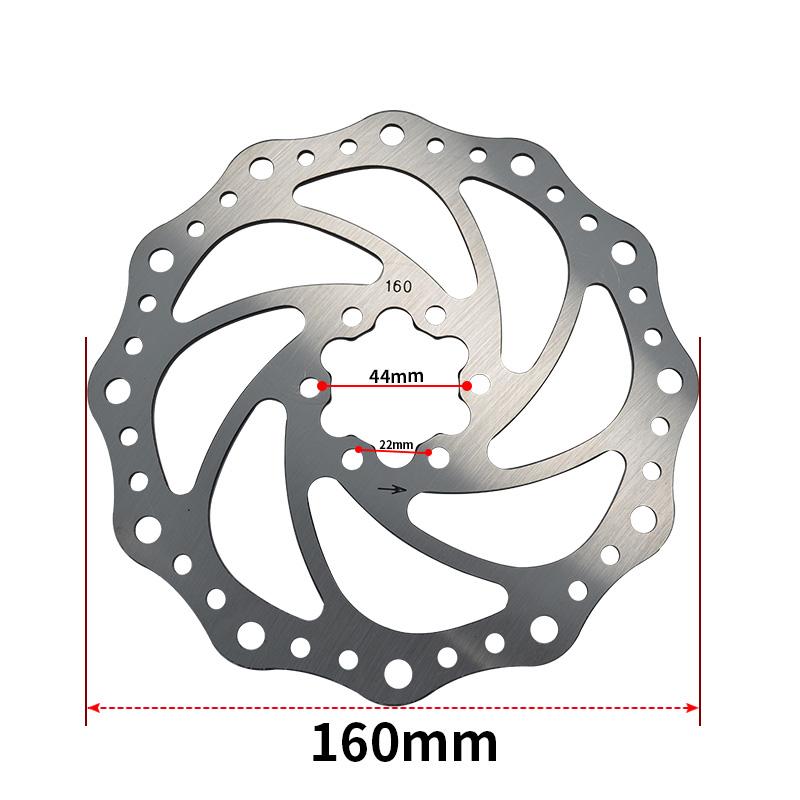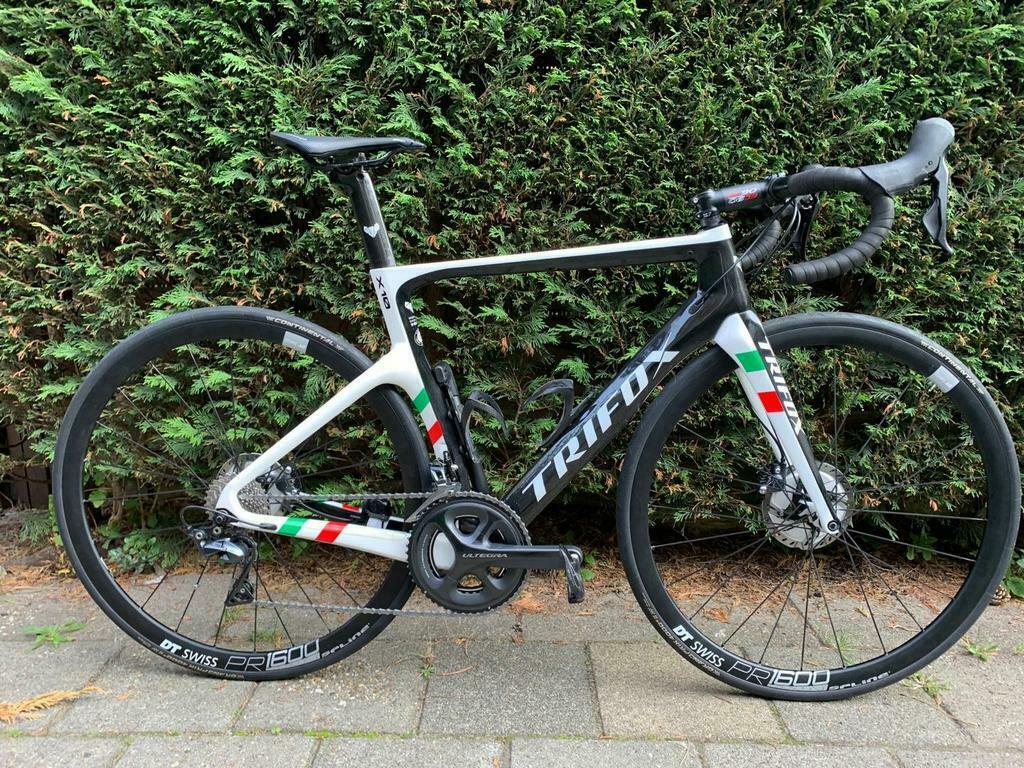Judging from the current trend, there is no doubt that larger brake discs can give you more braking power. Under the same other conditions, you only need to increase the size of the disc brake discs. More braking force. This is because the larger disc allows the brake to obtain a larger brake arm or brake radius.
Generally speaking, 140mm and 160mm discs are mostly used in road bike brakes. 160mm discs have stronger braking force, can better cope with certain situations, and can also ensure the best braking effect. In addition, a larger disc heat dissipation area is also larger, which can further improve the overall performance of the brake. The 140mm disc is the most aesthetic standard, but if many riders weigh more than 80kg, the braking force of 140mm discs is not enough for them, so you can use the front 160mm rear 140mm configuration, the overall center of the brake is The front brake is more dependent on the braking force of the front brake. If the rear wheel is relatively strong and the rear wheel locks and slips, it is not a good thing. Therefore, it is also a feasible solution to configure the rear wheel with 140 discs with weaker braking force. Weight reduction of the whole bike.
The mountain bike takes into account the need for more braking power, and the tires can also provide more grip, so the disc size generally starts at 160mm. The current mainstream trend is that on XC mountain bikes, the front wheels use larger 180mm or even 203mm (200mm) discs to further improve braking power. On the heavier downhill or enduro, 200 or 203mm discs are generally used on the front and rear wheels. (The current mainstream mountain bike disc thickness is 1.8mm)
But larger discs also bring some additional problems. For example, a faster line speed will speed up the wear and carbonization of the disc, and a larger diameter will reduce the rigidity of the disc. Under strong braking, the disc will experience jitter problems.




















































































